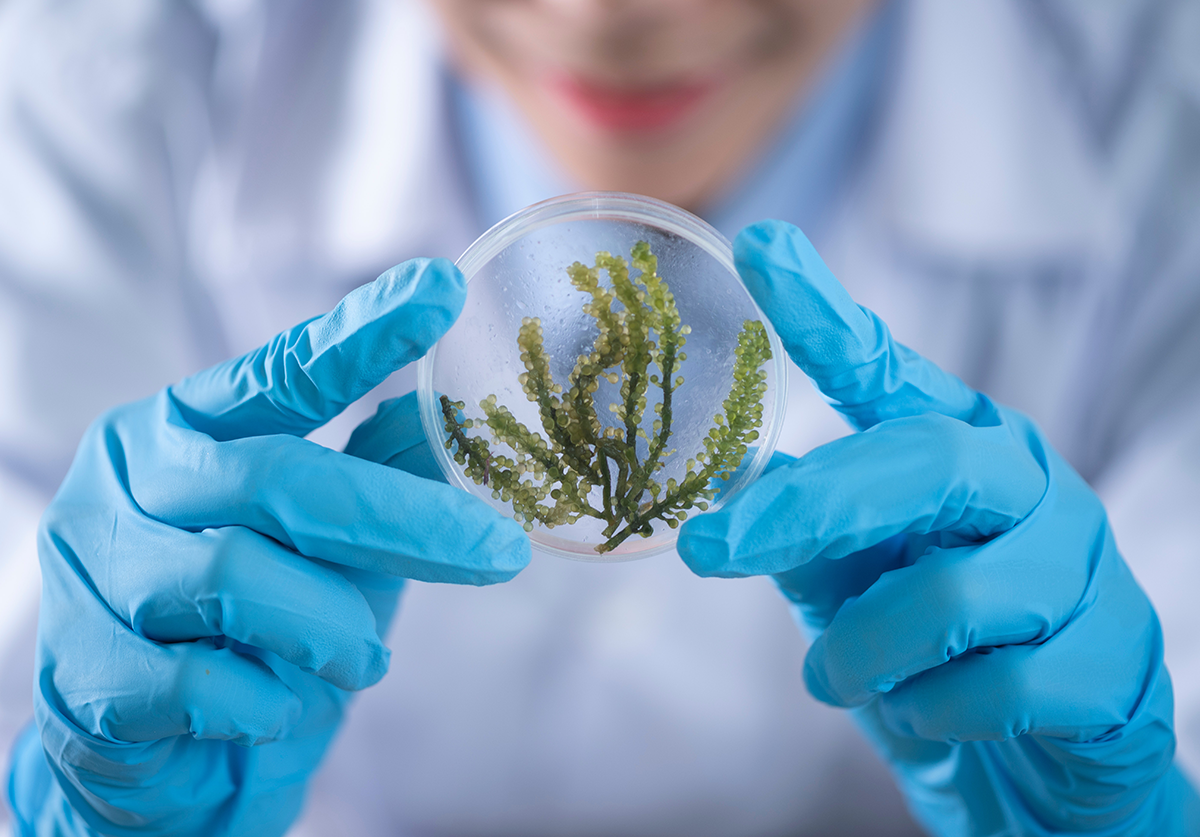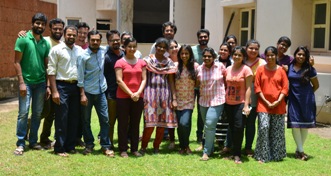Eukaryotic chromosome and its Organization(Chromosome and chromatin structure the Content of Genome, Clusters and repeats); DNA replication (Prokaryote and eukaryote), Transcription, its control and post-transcriptional modifications; Translation, its control and posttranslational modifications; Regulation of gene expression in prokaryotes and eukaryotes (Epigenetic modifications like DNA methylation Histone methylation ,acetylation and phosphorylation, DNA binding domains, Zinc fingers, steroid receptors, leucine zipper, Yeast GAL genes) Eukaryotic cell cycle control and regulation( basic regulation of cell cycle, Signal transduction pathways: MAP-Kinase Jak-Stat, PI3Kinase, Notch, Wnt and Integrin/E-Cadherin); Phage Strategies (Control of lytic cascades in T4, T7 and lambda phage, Maintenance of lysogeny, Repressor synthesis and binding, Balance between lysogeny and lytic cycle); Regulatory RNA Biology ( Riboswitch, Regulate gene expression by noncoding RNA, Attenuation and regulation by small RNA molecules, Gene silencing and RNA interference, antisense RNA) Plasmids as cloning vehicles; plasmid copy number control mechanism, Cosmids; Restriction enzymes, Ligation, Linkers, Adaptors Homo -polymer tailing; Different cloning strategies in gram negative and gram positive bacteria; Screening of Recombinant molecules; Expression vectors and protein purification; PCR, Reverse transcription-PCR (RT-PCR); Site directed mutagenesis; Nucleotide sequencing; Basic Techniques in Recombinant DNA Technology with emphasis on Electrophoresis, Blotting Techniques (Western, Southern, Northern Blotting), DNA and protein microarrays, DNA mediated transformation, viral transduction and electroporation.


 An Institute of Eminence
An Institute of Eminence









